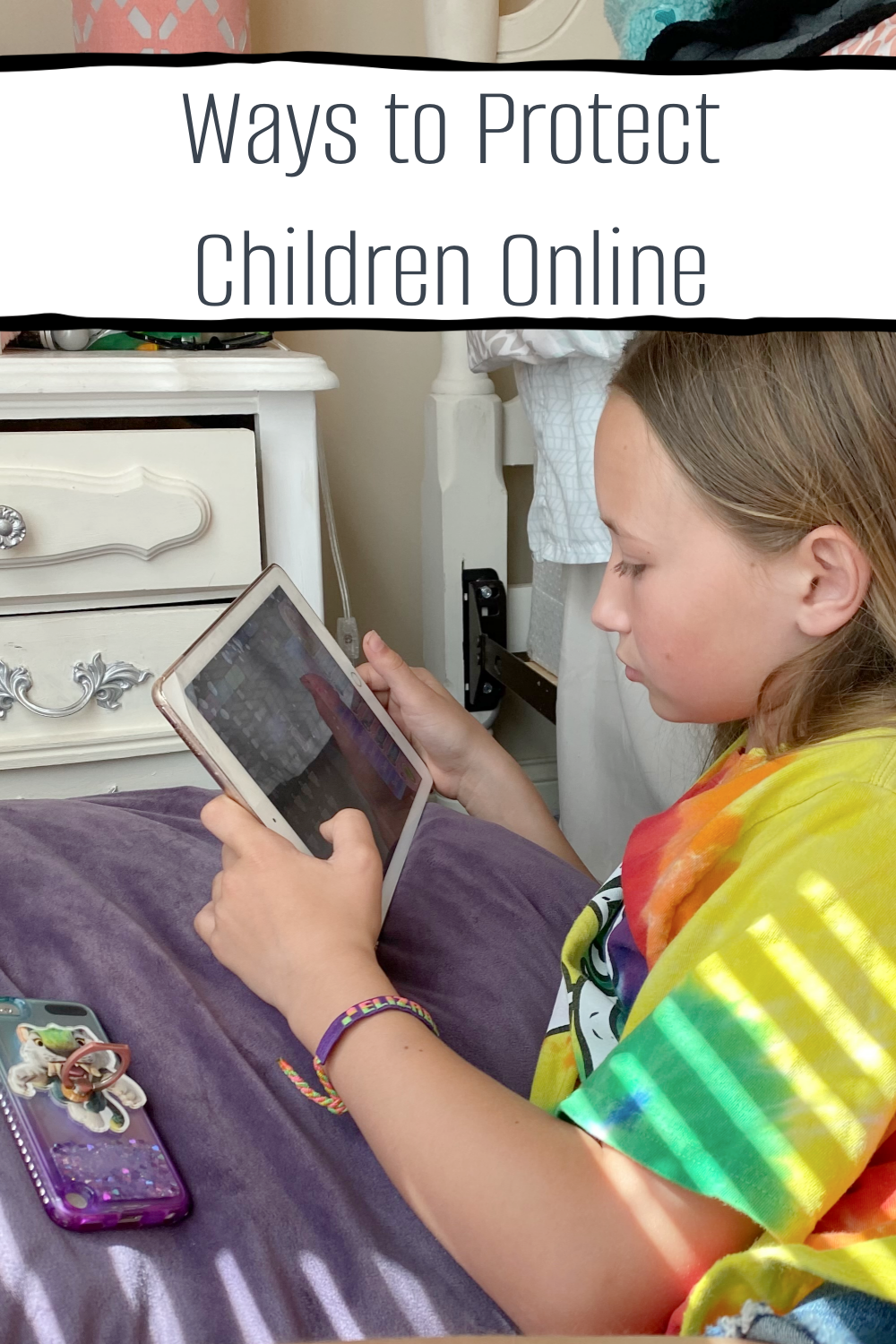How to Transition from a Balance Bike to a Pedal Bike?
For your little ones, switching from their balance bike to an upright pedal cycle is a big
accomplishment. It also serves as the start of their voyage of riding, which promotes physical
fitness, independence, and an appreciation of nature. Understanding the primary purpose of
balance bikes is crucial before making the shift. These bikes don't have pedals, so they're
perfect for helping kids learn balance and coordination.
Children develop motor control and balance by pushing themselves ahead by using their
feet—two abilities that are essential for using a pedal bike. Even though the change can
occasionally be difficult, it can go smoothly and be pleasurable for both parents and children
if the proper strategy is used in a supportive setting.
To help parents and other caregivers seamlessly negotiate this transition and make it a good
experience for their children, this article will offer helpful advice and recommendations.
Start Early
Your young child will learn to ride a pedal bike more easily the sooner you expose them to
one. When your little one is about 3 or 4 years of age or given that they are confident and at
ease riding a balance bike, try to begin the transfer. They will lay a solid basis for their future
riding excursions thanks to this early exposure.
Selecting the Ideal Pedal Bike
Making the correct pedal bike choice is crucial to a smooth transition from toddler & kids
balance bikes. Your child's bike should fit them properly, so they are able to reach the ground
with ease and still be able to keep control. To allow for development and guarantee a good
fit, choose a bike with a flexible handlebar and seat height. Think about things like durability,
weight, and characteristics that your child would find interesting.
Practice Pedaling
Try pedaling the bike with your child before putting them on it. Ask them to pedal while
sitting on the bike, keeping their feet off the ground. They will develop stronger leg muscles
and become used to the pedaling action as a result. Urge them to cycle steadily while
focusing on the necessary rhythm and coordination.
Begin On a Flat Surface
Start the transition in a smooth, flat area, such as a driveway or sidewalk. Till your child
develops more confidence, keep them away from hills and other rough terrain. A level
surface will reduce barriers and give kids more time to concentrate on learning how to pedal
and balance.
Put on Training Wheels if Necessary
Training wheels might be a useful aid if your youngster is having trouble with balance. But
it's critical to take them out as soon as you can so that your kid can develop independent
balancing skills. While training wheels might offer a feeling of stability and security, they can
also impede the development of vital balance abilities. If your child needs them temporarily,
use them, but when they're ready, try to get them to ride without them.
Always Use a Helmet
Safety first! When your child rides a bike, make sure they are always wearing a helmet that
fits properly. In addition to offering vital protection in the event of a fall, helmets can lower the
risk of catastrophic head injuries. Select a helmet that fits your child properly, fitting tightly
without being overly restrictive.
Instruct in Traffic Safety
Teach your child the fundamentals of road safety once they feel confident riding. This entails
pedaling on the correct side of the road, halting at stop signs, checking both directions
before crossing the road, and being alert to their surroundings. Start by following these
guidelines in a controlled and secure setting, like a quiet street or a bike lane. Your child
should be gradually exposed to increasingly difficult traffic conditions as they develop
confidence and experience.
Seek Expert Assistance
Seeking professional assistance from a cycling instructor might be beneficial if you are
struggling to help your child make the switch from a balance bike to a pedal cycle. They can
offer specialized advice and assistance based on your child's particular needs. A trained
professional can evaluate your child's abilities, spot any underlying issues, and provide
useful tips to help them get past roadblocks and advance in their education.
Conclusion
It takes patience and time to learn how to peddle a bike. If your kid doesn't get it
immediately, don't give up. Honour their accomplishments, regardless of the scale.
Throughout the learning process, give support and affirmation. Each child grows at their own
pace, so supporting them in reaching their objectives requires patience. Soon, with your help
and encouragement, your youngster will be riding their pedal bike with confidence and
discovering their surroundings.








No comments
Thank you for dropping by! I would love to hear what you thought. :)
Thanks!
♥,
Diana